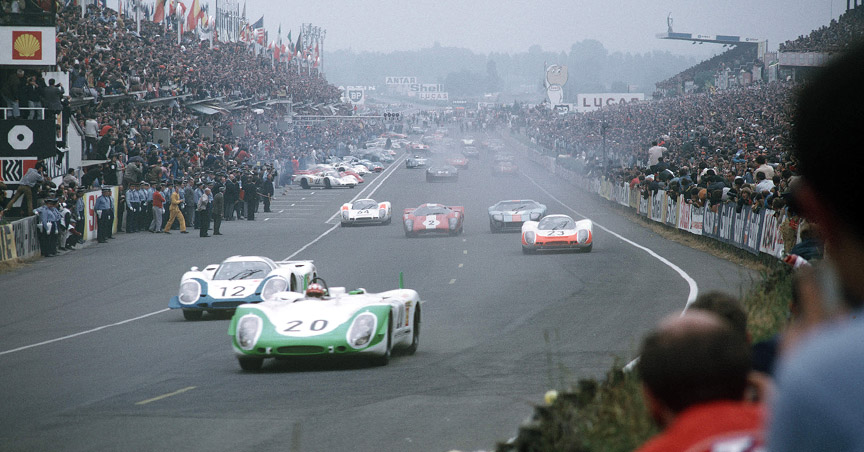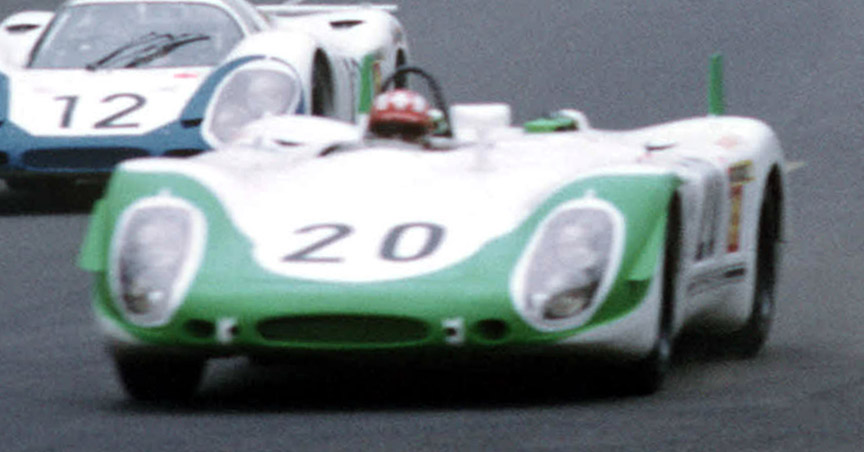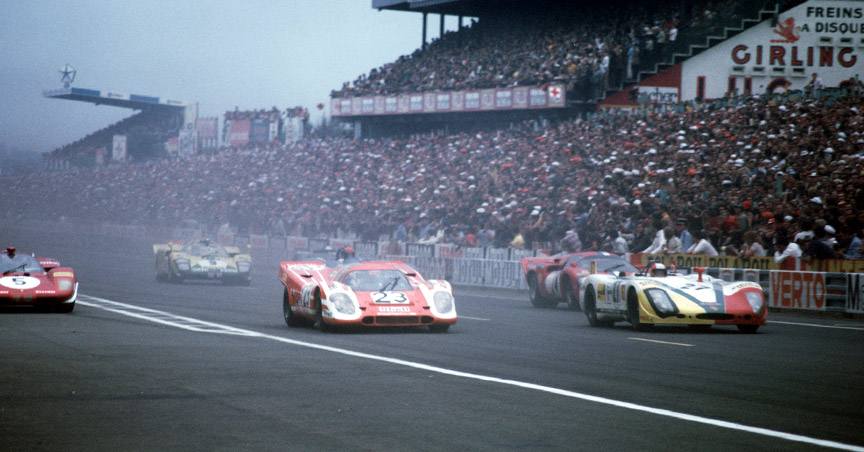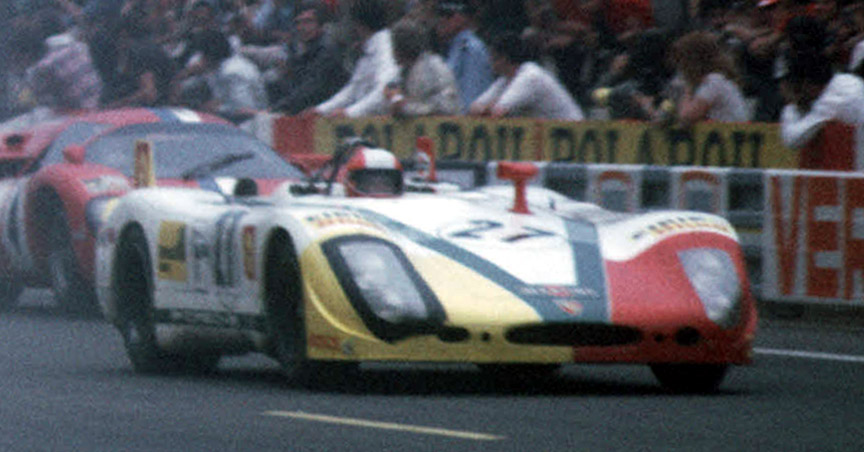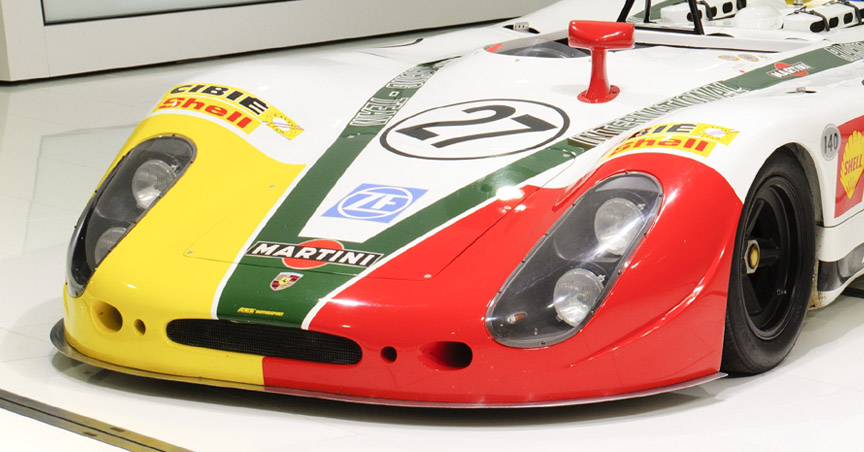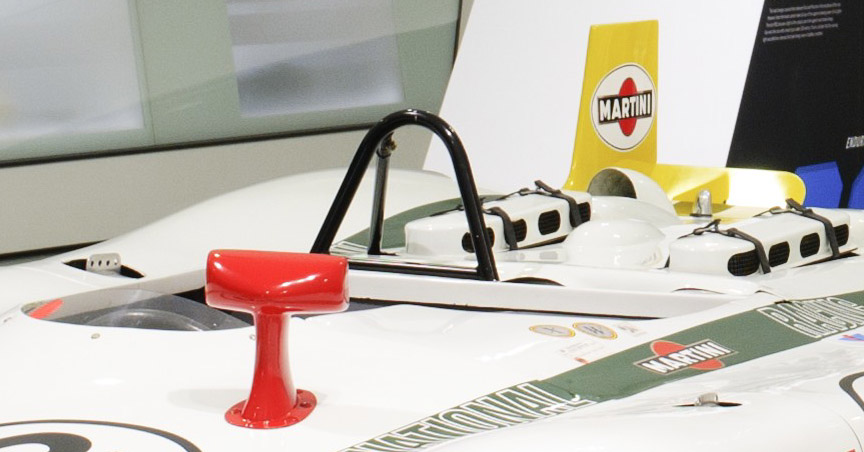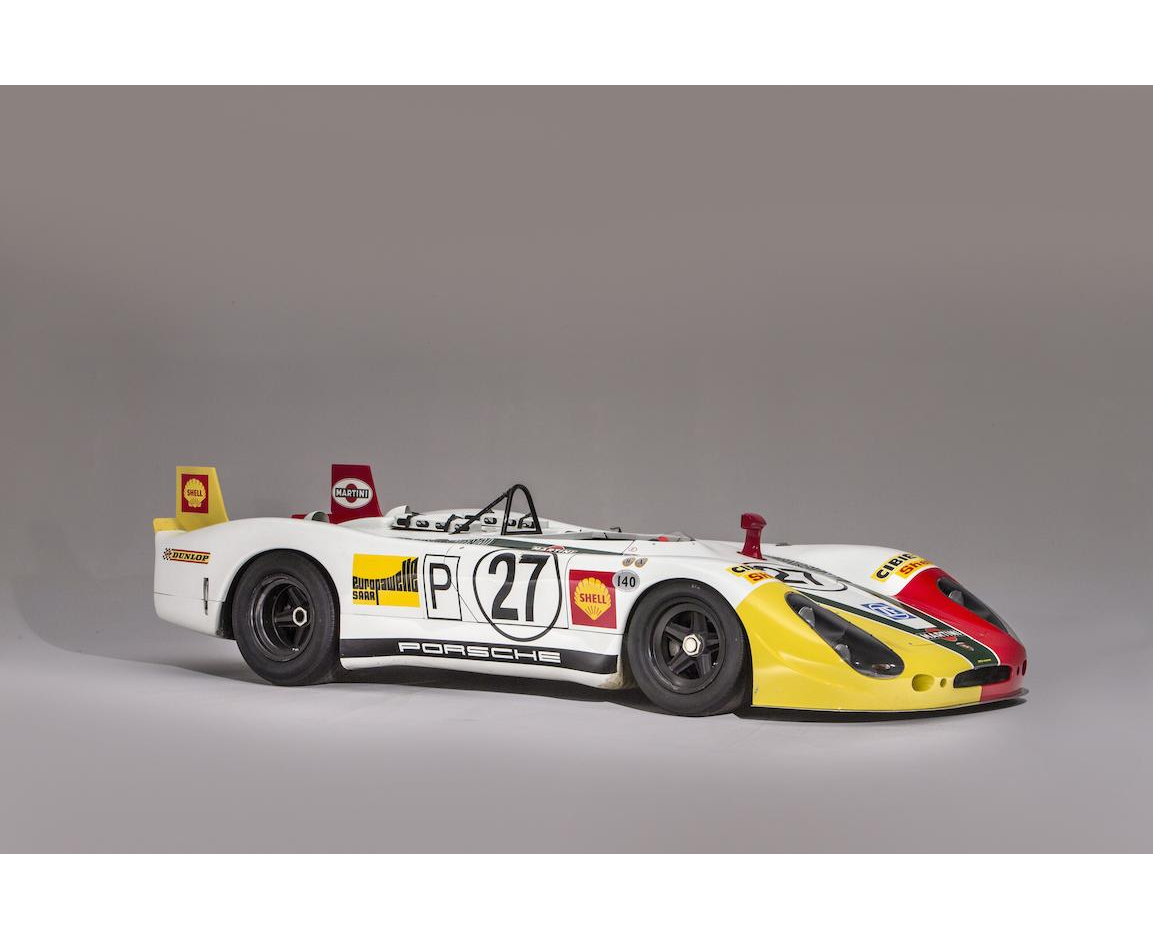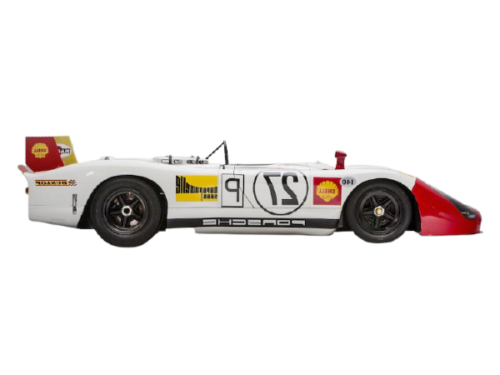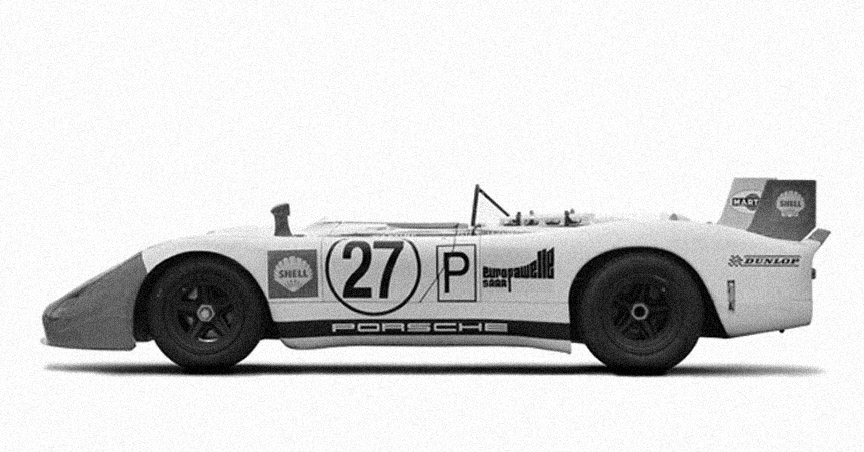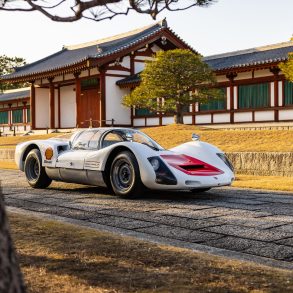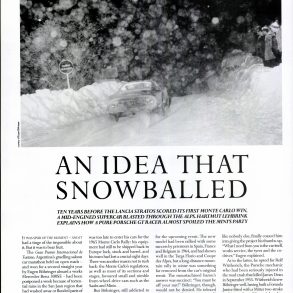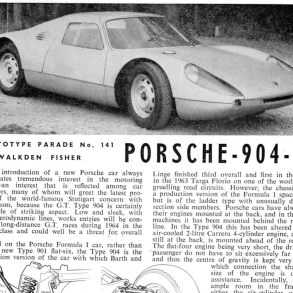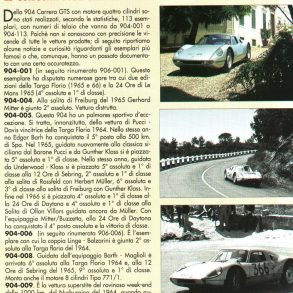Porsche 908 LH Flunder Spyder (1969)
Porsche 908 ‘Longtail Spyder’ Configuration
Premiere: 1969 June at Le Mans / The Engine: Flat-eight air-cooled engine, mounted midship, twin overhead camshafts, fuel-injected, 2997 cc, 350 hp at 8400 rpm
There was a belief that longer bodies are more aerodynamic and are therefore better for faster tracks. So, a 908 Flunder Spyder with a longer tail was created. We are not talking about the typical long tail (Langheck, LH) seen on coupés, but of a longer tail than on the short tail 908 Spyders. The longer tail 908 Spyders were created only with the Flunder body – the body that’s upper surface is almost flat between the axles – and not with the “normal” curvy Spyder body. Very few LH Flunders were created, both with 908/02 and 908/01 chassis numbers.
There was a believing that longer bodies are more aerodynamic and are therefore better for faster tracks. So, a 908 Flunder Spyder with a longer tail was created. We are not talking about the typical long tail (Langheck, LH) seen on coupés, but of a longer tail than on the short tail 908 Spyders. The longer tail 908 Spyders were created only with the Flunder body – the body that’s upper surface is almost flat between the axles – and not with the “normal” curvy Spyder body. Very few LH Flunders were created, both with 908/02 and 908/01 chassis numbers.
908 LH Flunder Spyder was first used at the 1969 Le Mans 24h race by Jo Siffert and Brian Redman, but they had to retire because of the gearbox failure.
The only notable, actually an excellent result for the 908 LH Spyder came in 1970 at Le Mans. Rudi Lins and Helmut Marko drove the car to a 3rd place finish after two 5-litre Porsche 917s – making it a 1-2-3 Le Mans finish for Porsche in front of a 5-litre Ferrari. The latter, a 4th place car, was 22 laps behind the third place 908, telling how difficult were those twenty four hours at Le Mans in 1970.
908 LH Flunder Spyders were used in a few races, but many accidents killed their chances. The cars were available with and without rear fins (in addition to standard rear flaps).
Details & Visual History
